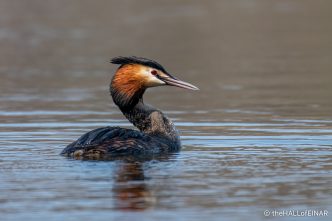
Great Crested Grebes
The pair of great Crested Grebes on Stover Country Park lake are getting frisky: They’re in full breeding plumage, with their spectacular …

The pair of great Crested Grebes on Stover Country Park lake are getting frisky: They’re in full breeding plumage, with their spectacular …
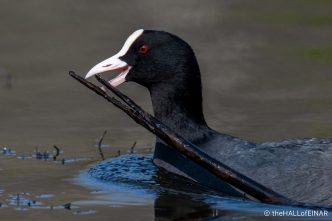
The scientific name of the Eurasian Coot is Fulica atra. There are currently ten species of Coot worldwide; there were eleven species, …
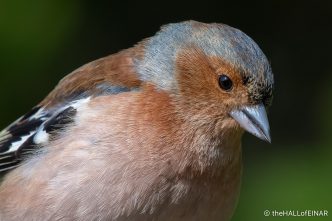
The word finch comes from the Middle English word fynch. This, in turn, comes from the Old English work finċ. And that? We can trace …
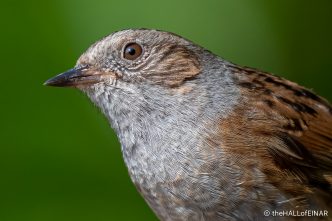
I recommend looking. Seeing the ordinary and realising it’s extraordinary is a habit which can bring you much joy. This Dunnock is …
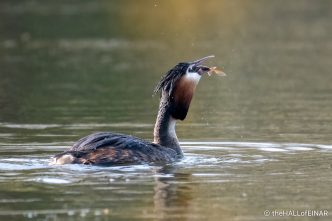
A little bit of sunshine meant I got up with a spring in my step and hot-footed it to Stover Country Park. …
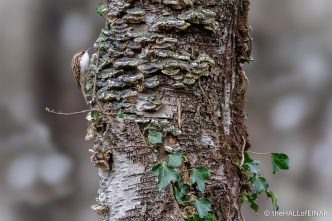
I’m waiting for Lesser Spotted Woodpeckers when I see a familiar sight. It’s a Treecreeper. Lovely, aren’t they?
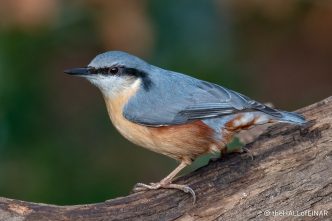
Can you believe that a fossil Nuthatch has been discovered? It was found in Italy and was dated to 20 million years …
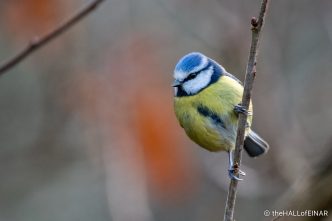
The Blue Tit’s scientific name is Cyanistes caeruleus. Cyanistes is from the Ancient Greek World kuanos meaning dark blue, which is the …
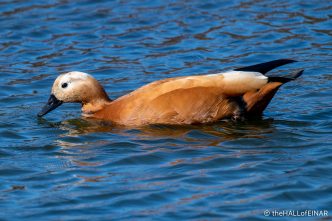
Followers of this blog will know my love for ducks. As soon as I saw this gorgeous ginger specimen, I knew what …
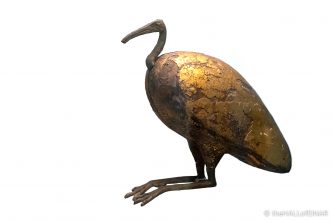
The British Museum is full of curiosities. Here’s the Easter-egg-like sarcophagus of an Ibis mummy. It’s made of gilded wood and bronze …
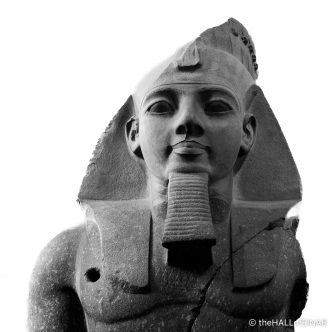
A quick trip to the British Museum and a chance to photograph its largest Egyptian sculpture; what remains of a huge carving …
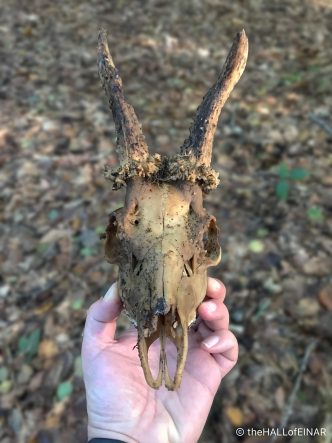
The Roe Deer was a native species in England until 1800 or so. They came to Britain after the last Ice Age, …
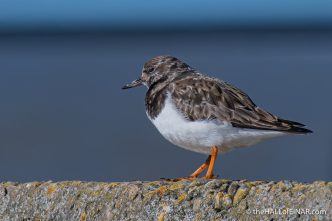
There’s a Ruddy Turnstone in Knott End-on-Sea. Beautiful, aren’t they? Ruddy Turnstones breed in the far Arctic and along the Canadian coast …
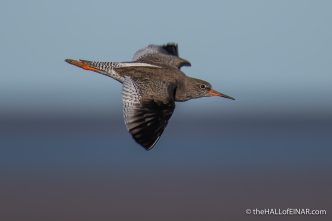
There’s a flypast at Knott End-on-Sea and this Redshank is one of three heading down the estuary. I love to see them, …
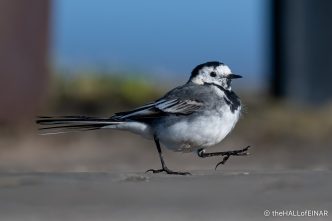
Pied Wagtails are one of my favourite birds to just sit and watch. Their hypnotic tail-wagging action is a mysterious behavioural trait …
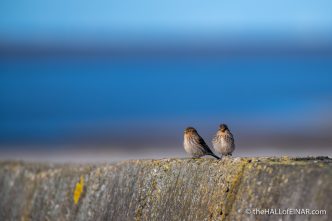
I’ve spent this week honouring Twite, a wonderful, curious, much-overlooked bird. Twite live in weedy fields and moorland, or at least they …
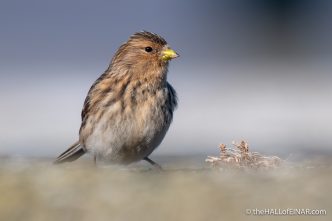
The scientific name of the Twite is Linaria flavirostris. Linaria means linen-weaver and flavirostris means yellow-billed. Twite are Yellow-Billed Linen-Weavers. They’re also …
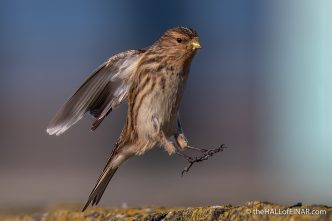
Watching Twite is a delight. Every time one jumps, the others bob up and down, too. We’ve been photographing a few of …
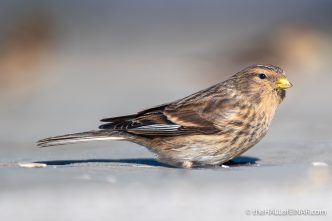
Twite are on the verge of extirpation in England. Their last stand is in the ‘Twite Triangle’ between Manchester, Leeds and Halifax. …
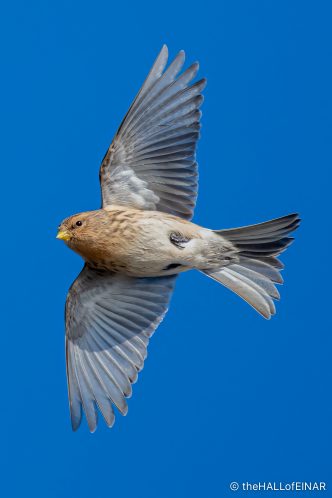
Welcome to Twite Week at The Hall of Einar. Twite are small brown birds. To the uninitiated they might look as if …
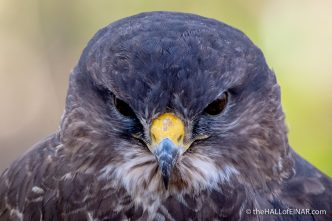
There are several pairs of Common Buzzards in my local area. You may have seen them perched on high posts or circling …
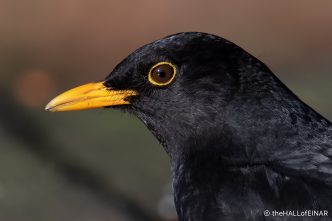
Blackbirds are creatures of habit. At a year old the males select a territory to defend, with the aim of attracting a …
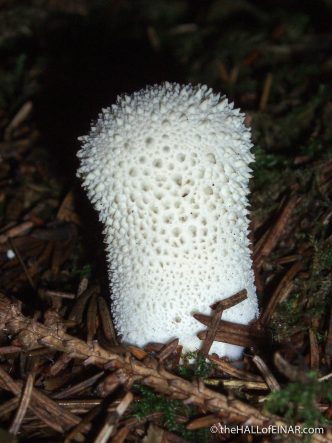
This is a Puffball, a fungus with the common name of the Devil’s Snuff-Box or Warty Puffball. It is found singly in …
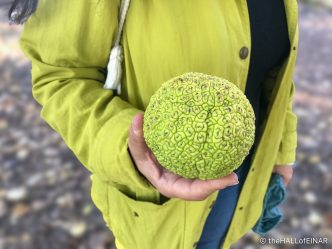
You can’t boil it, fry it, roast it or casserole it. There’s nothing you can do to make an Osage Orange edible. …
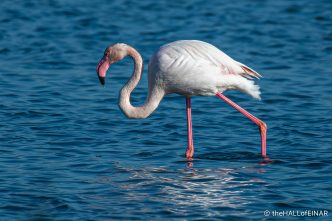
I could watch Flamingos all afternoon. Aren’t they curious? Those candy-pink stick-of-seaside-rock legs are my favourite.
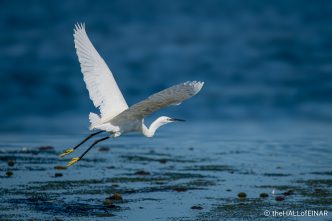
Having bright yellow feet and shuffling them as you paddle through the water is an ideal strategy for disturbing fish you hope …
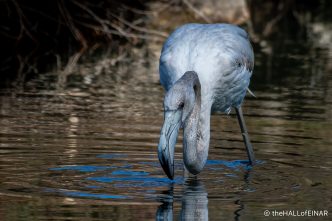
Young Flamingos are a little scrappy. They have yet to get candy-pink legs and black and scarlet wing patches. They are still …
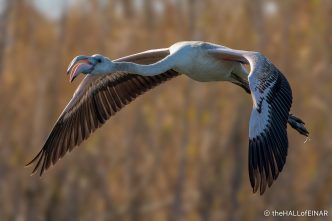
It’s tricky getting near to Flamingos. We’re at Orbetello in Italy and the wooden hide is set well back from their favourite …